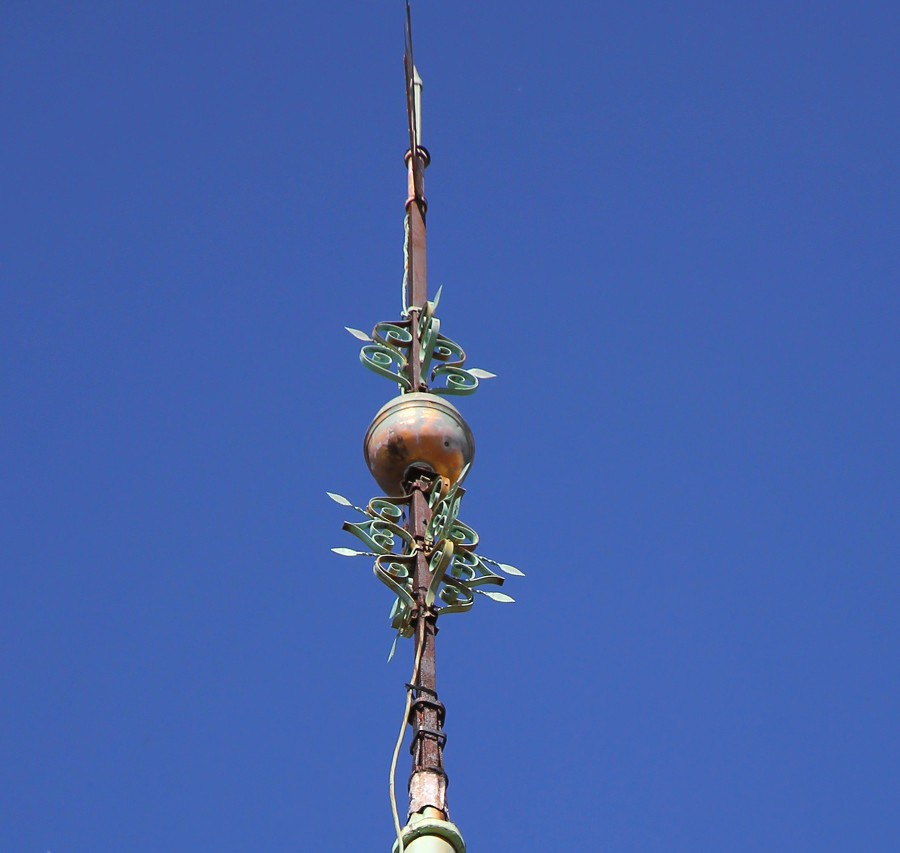Akershus Castle, Oslo
The Central part of the fortress is occupied by the castle (Akershus slott). To avoid confusion: first Akershus castle was built, and much later around it appeared fortifications, forming the fortress of Akershus. The north wing of the castle was built in 1299-1304 as the personal apartments of King Haakon VI. On the second floor were the rooms of the king and Queen Margrethe, the upper floor was occupied by the Royal hall. In 1527, the building was severely damaged by a fire caused by a lightning strike, and was restored only in 1540.
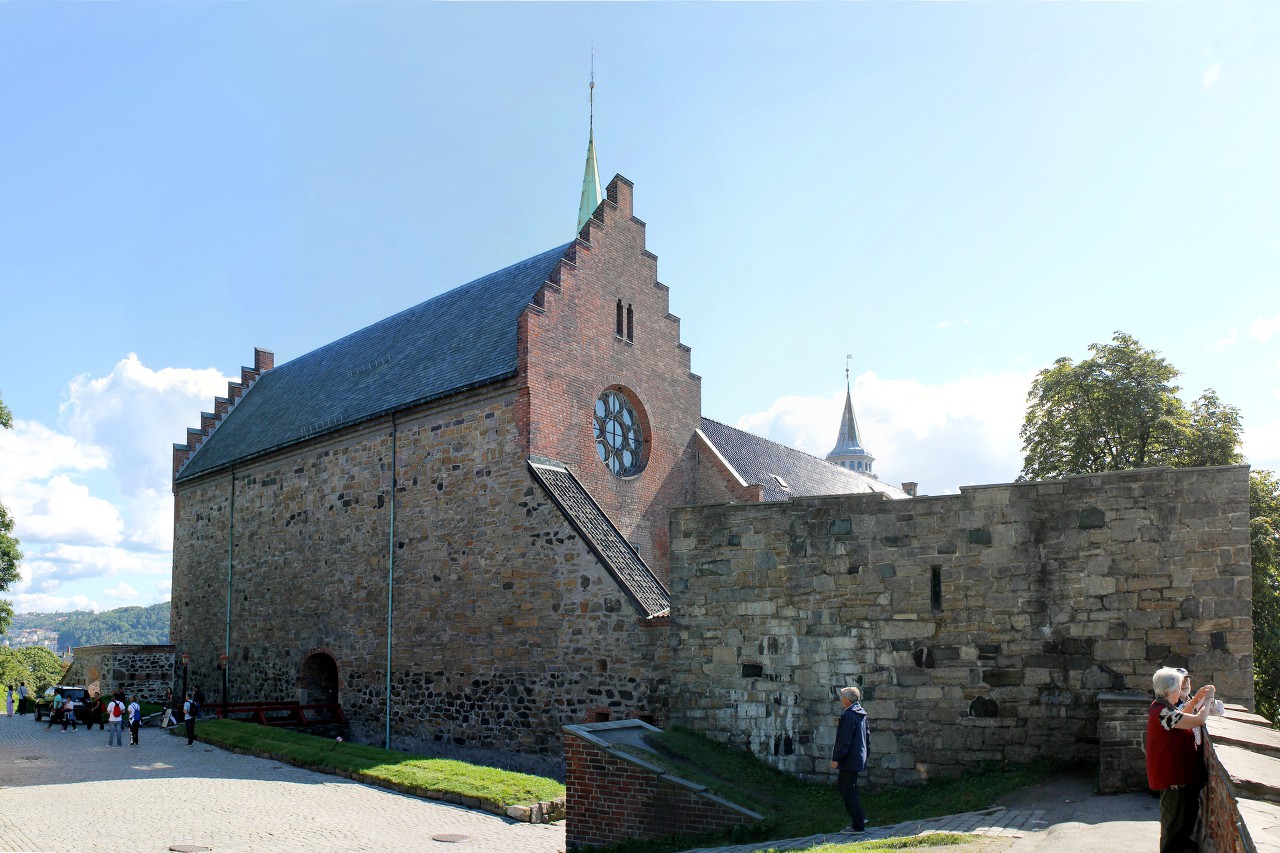
From 1825 to 1905, the building was used as an Arsenal. In 1917, restoration began, as a result of which the Royal hall received the original type a in 1967, on the occasion of the completion of restoration work in the fortress, was named Olavshallen after king Olaf V. In 1976 the medieval paintings were restored in the hall.
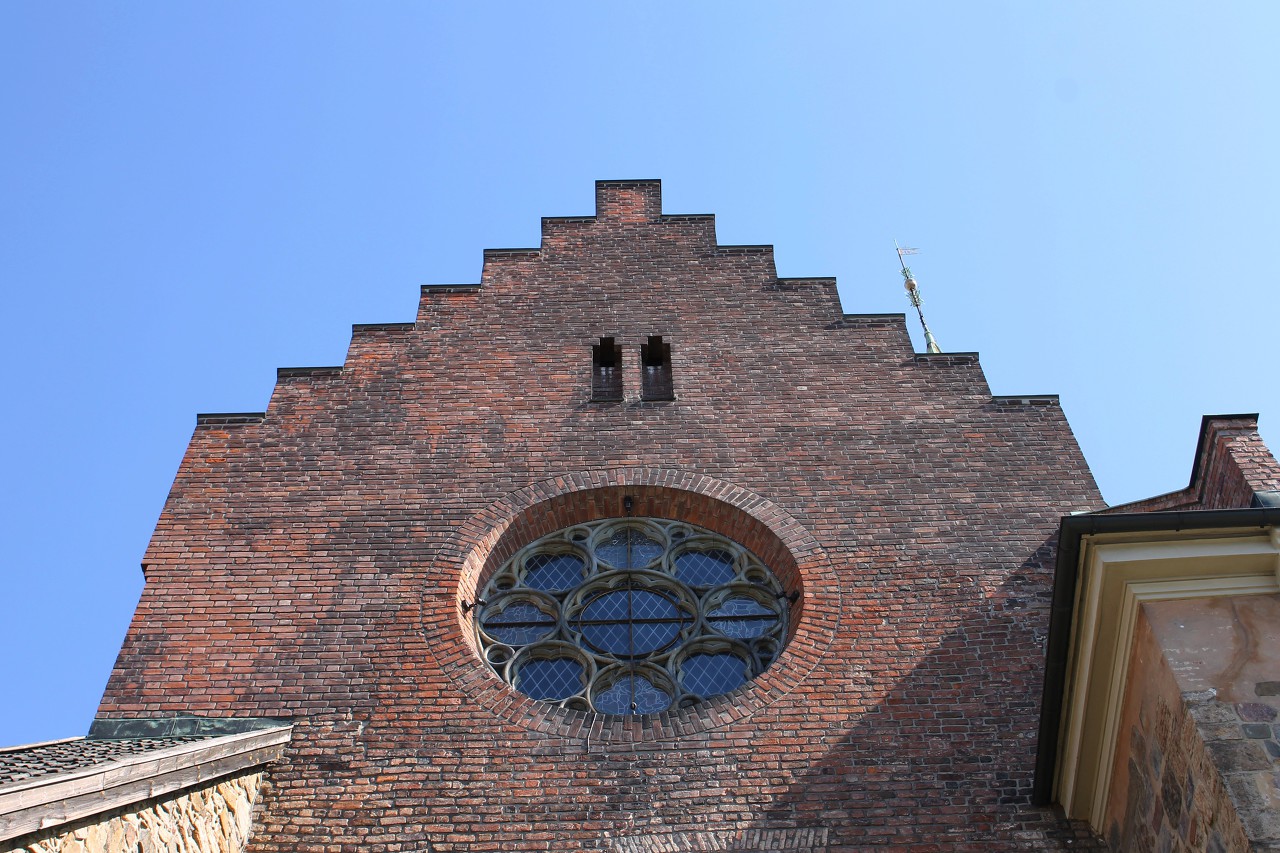
The gate in the north wing leads to the inner courtyard of the castle.
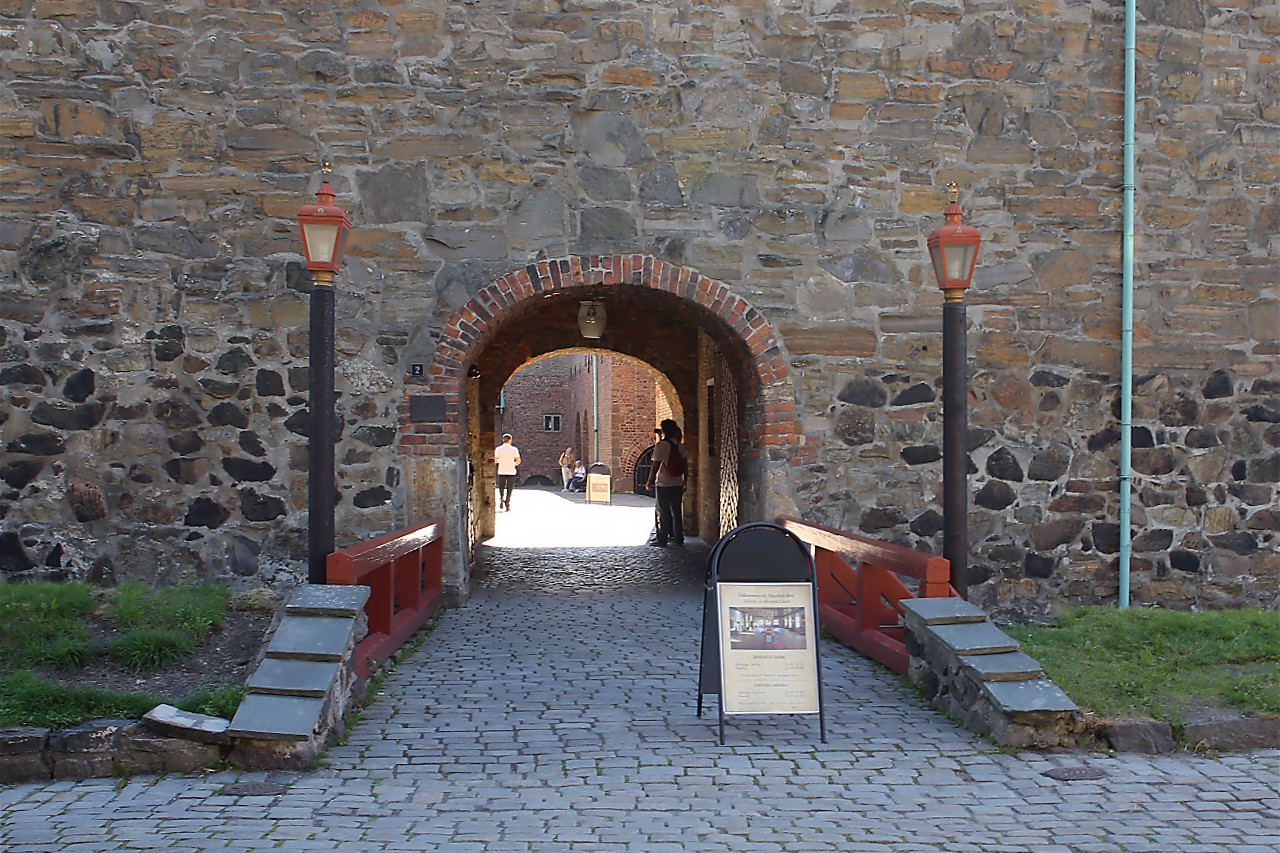
Under the arch there is a wooden frame of the old gate embedded in the wall.
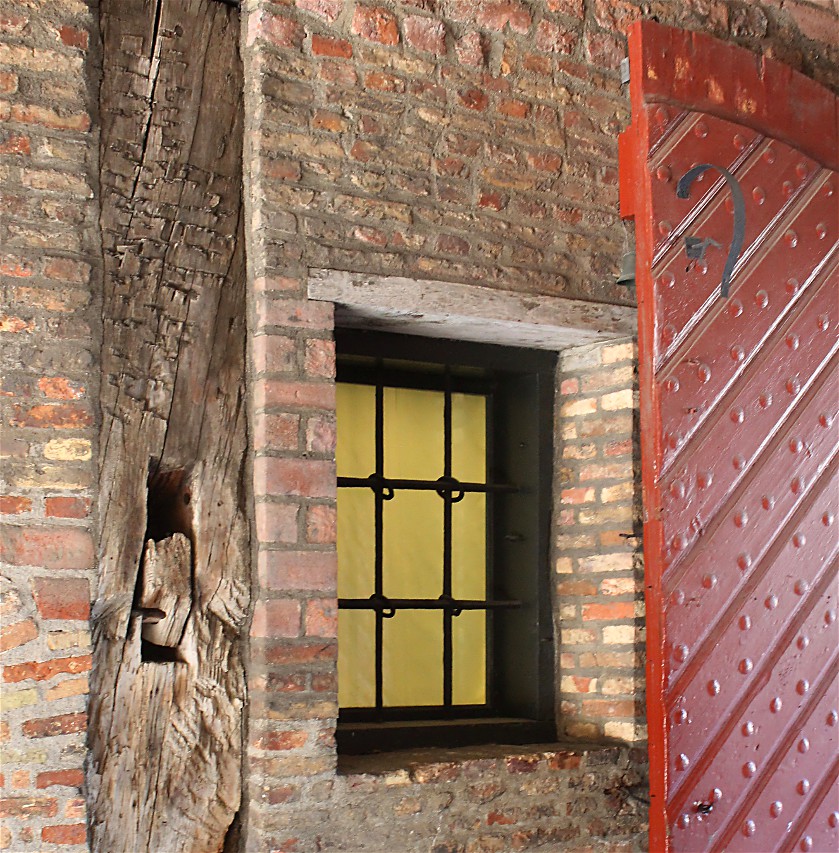
To the right of the entrance stands the Rumeriketårnet tower, built in 1633. The weathercock bears the emblem of Christian IV.
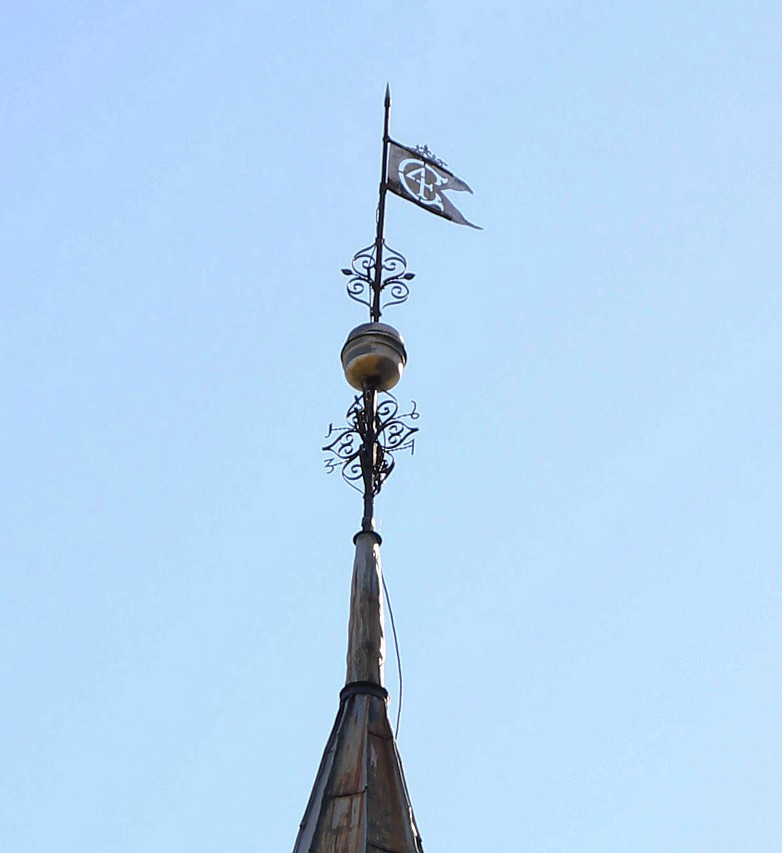
Another forged cast iron monogram of Christian 4 is on the wall on the tower.
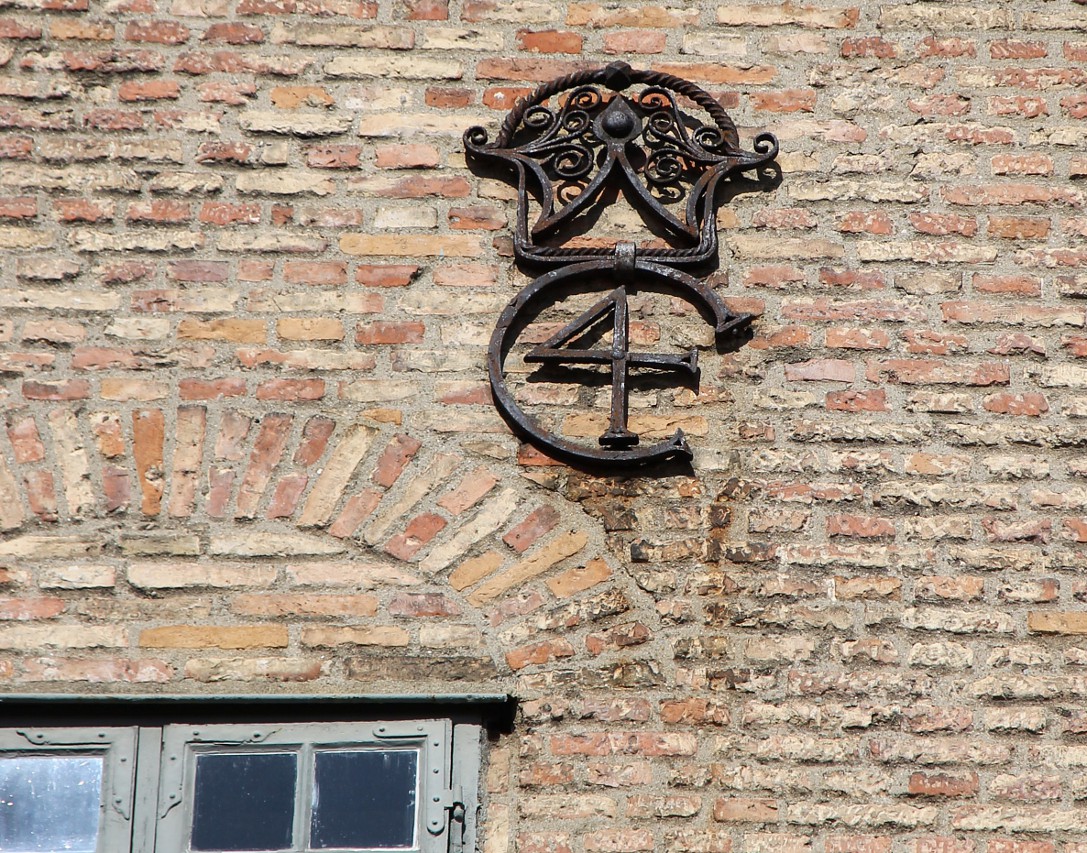
To the right of the entrance is an old well with a cast-iron lifting mechanism topped by a gilded crown.
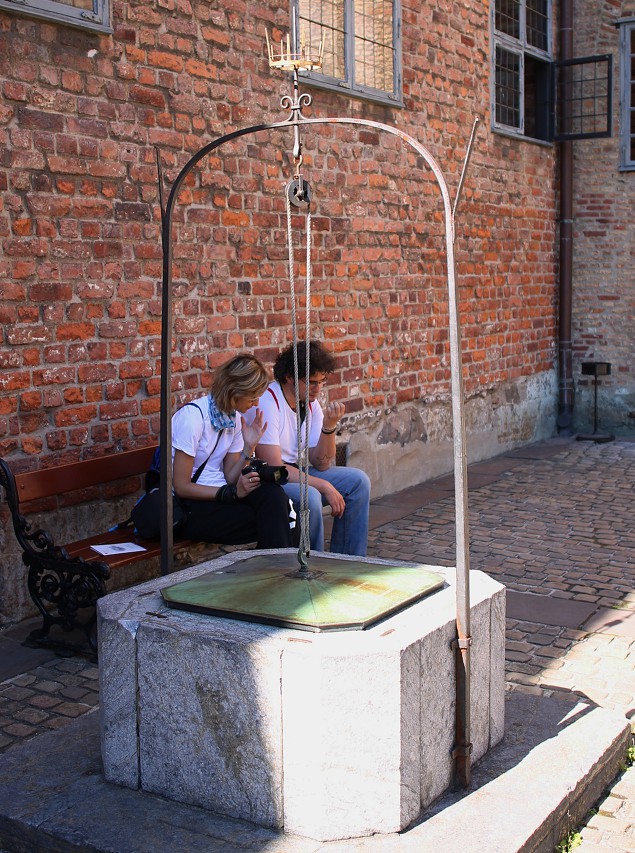
In the west wing of the castle, the apartments of Christian IV were located, and under Christian VI they were reconstructed and furnished with incredible luxury. Later it housed the commandant and administration of the fortress.
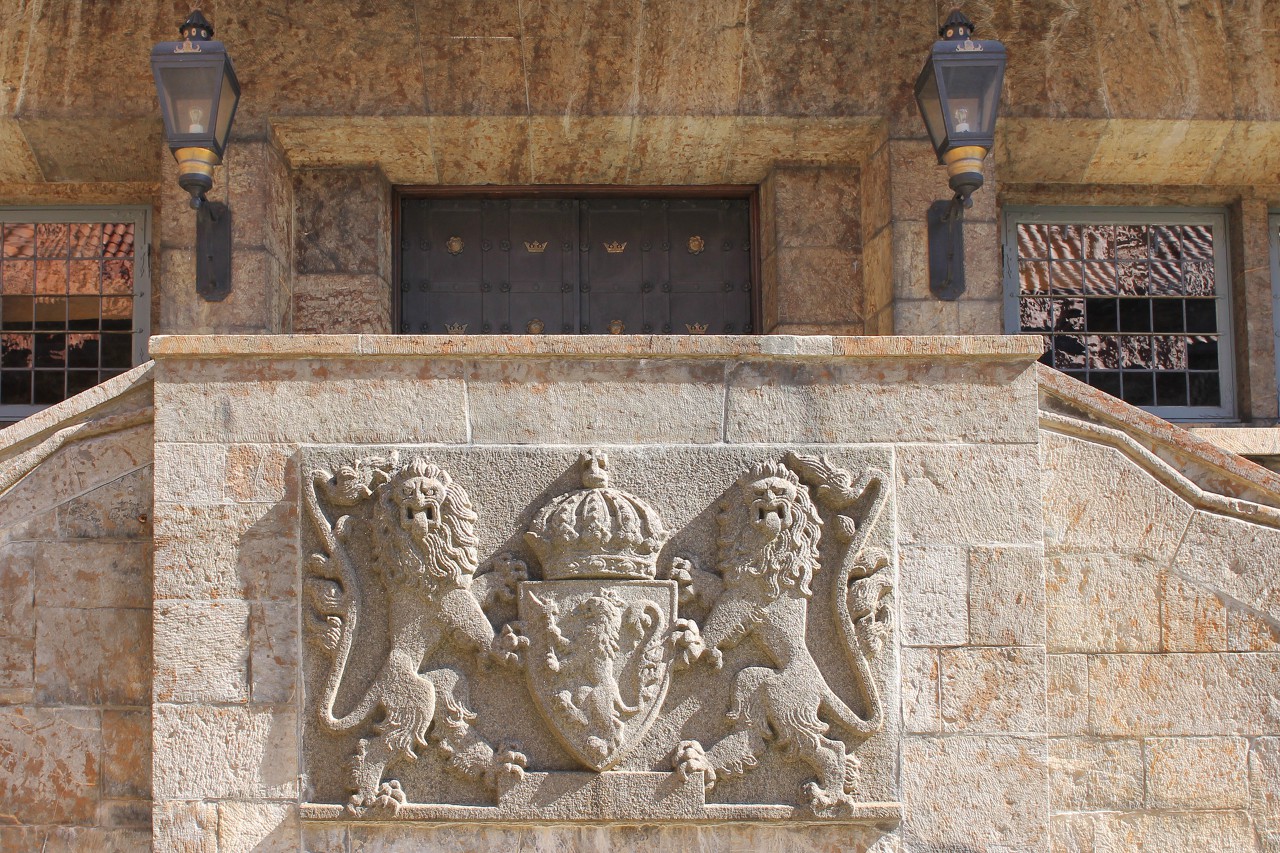
Now the second floor is used as a reception hall, and the Royal apartments are available for visiting, opening hours are 10 to 16 hours, the cost of a standard ticket is 100NOK.
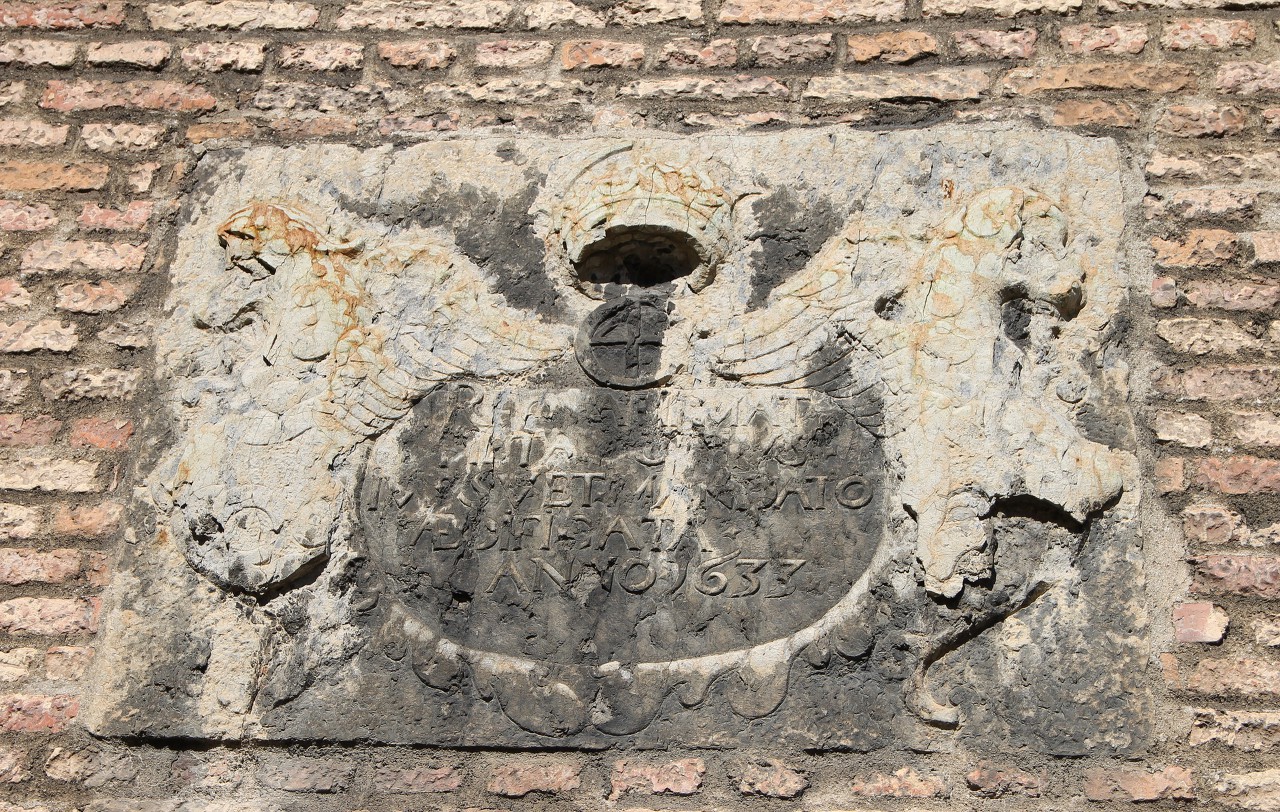
The south wing was built as an auxiliary building of the Royal residence. In the middle of the 16th century, the first floor was rebuilt as a Palace chapel, where Kings Sigurd I and Hakon V, Queen Euphemia, King Hakon VII, Queen Maud, King Olaf V and Crownprincess Martha are buried.
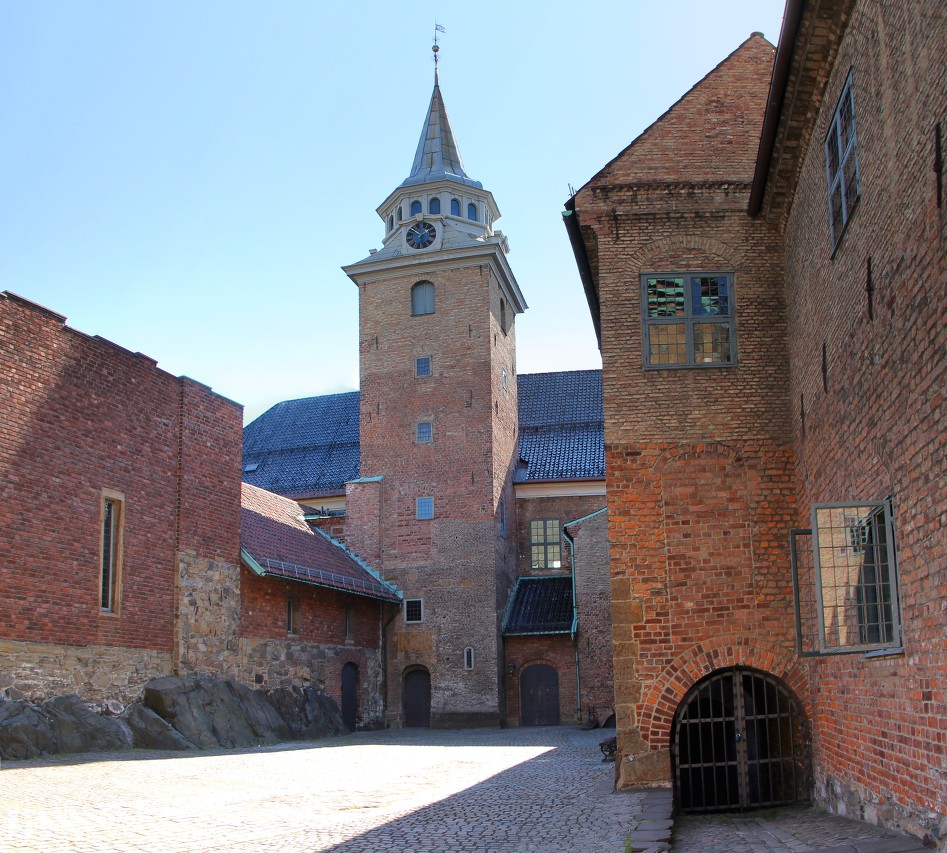
In 1622-1625, the Blåtårnet tower ("Blue tower") was built over the chapel.
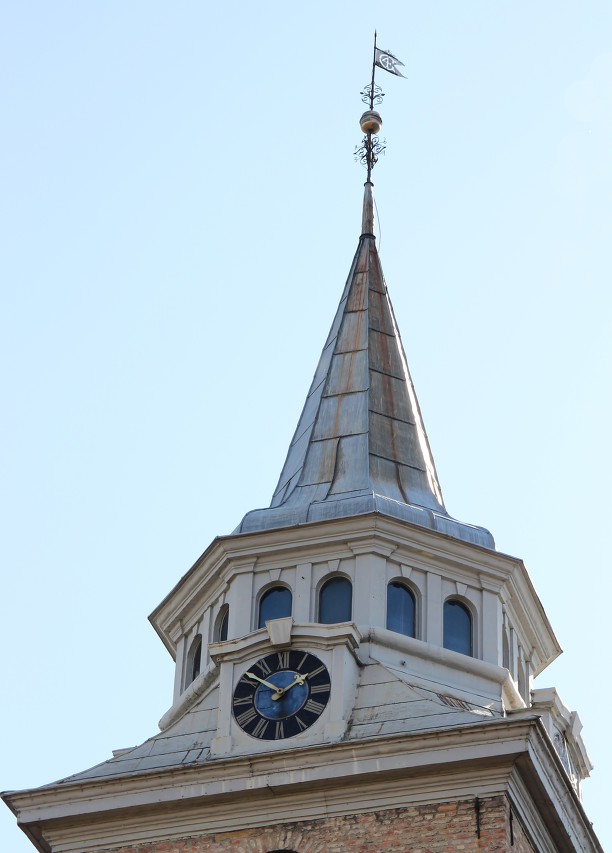
By the 20th century, little remained of the tower, its restoration began in the 20s. The reconstruction of the cast-iron spiral staircase leading to the top of the tower lasted from 1932 to 1958. Currently, work is underway to install the elevator, and in the future it is planned to open a viewing platform there. I believe that there will be a stunning view of the city and the Oslofjord.
